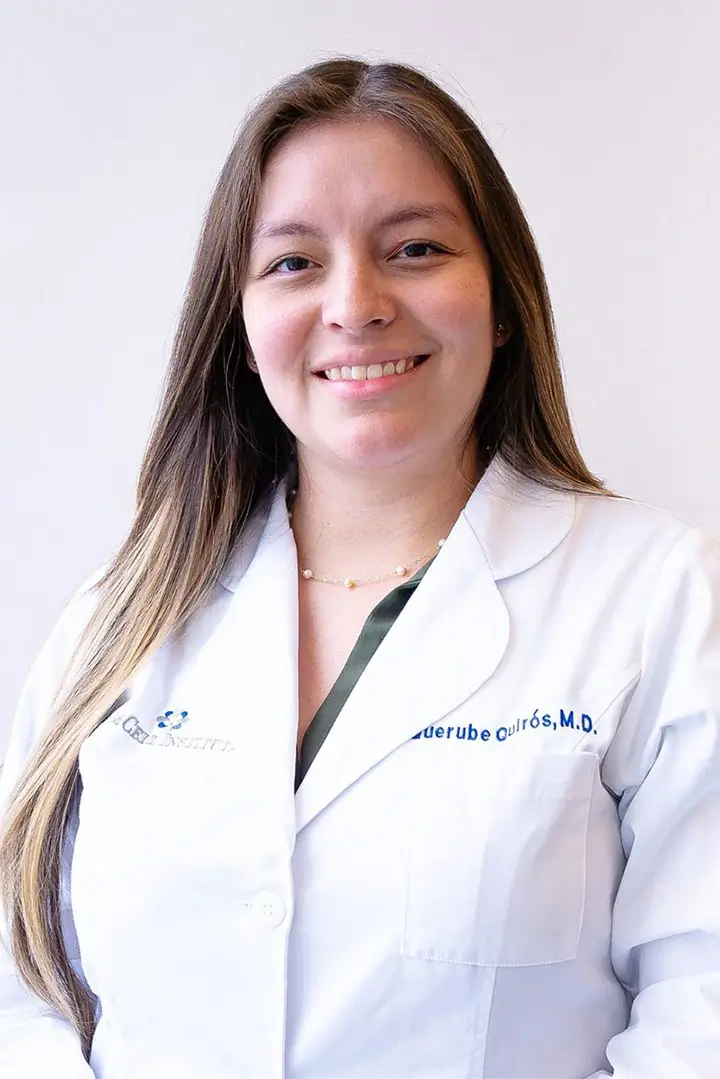Stem cell taken from men’s testicles could be transformed into a wide range of tissue types to help fight disease. United States researchers have come up with a new use for the rich source of stem cells.
The cells were reprogrammed to be heart cells, blood vessels, and other tissues after scientists isolated and extracted them form the testes of male mice.
Cancer, heart disease, strokes, Parkinson’s disease and other conditions could all be treated if the results can be duplicated using in humans. The ethical concerns surrounding embryonic stem cells would also be negated by this breakthrough.
Shahin Rafii continued to work long and hard on the project since the testes provide such a potentially rich source of stem cells. He spent years working and now the payoff is evident. Rafii is a doctor at Weill Cornell Medical College in New York.
“Testes are designed to generate a lot of sperm and they have these germ cells,” he said.
“So germ cells are designed also in a way to give us two different tissues as well so we were able to get a germ cell from testes and instruct them to become other tissues.”
Humans will also benefit because the results are transferable to humans said Dr. Rafii.
“It can easily be applied to a human in near future,” he said.
Subjects should not be difficult to find Rafii added.
“If I had end stage heart disease, I would think, take all my testes, all right? So it is a no-brainer,” he said.
The journal Nature has published Dr. Rafii’s research.
While the work is promising it will be some time before the results could be reproduced in humans said Peter Schofield, who is the executive director of the Prince of Wales Medical Research Institute in Sydney.
“I think there’s still quite a bit of experimental work to be done,” he said.
“The mouse experiments used a number of techniques which are possible in mouse embryology but would not in any way be translatable to potential human treatment today.”
“But the important thing is that the experiments showed was that it was possible.”
Creating non-embryonic stem cells carries a high level of interest says Professor Schofield.
“Certainly the comments that came out from the researchers’ labs in the United States perhaps are a little bit over-selling around the potential benefits of adult versus embryonic stem cells,” he said.
“I guess the situation here in Australia is that both of them are now permitted under various strong licensing regimes and the technology that delivers the clinical benefits will obviously be the one that works.”
“This is really important research because it shows that there is another possible way of reprogramming adult stem cells. In the mouse it shows that those cells were able to form important other organs.”
“There’s still a lot of steps before that could be done in a human situation, but the fact that it has been done is both very exciting and offers a lot of promise.”
For men, it is a possible breakthrough that will manifest itself in the future. But women should not be disappointed either says Dr. Rafii. They will also benefit.
“In women also this stem cell exists but the number is very, very low and we hope that eventually we can be able to get these stem cells from their ovaries as well,” he said.
“Also another point – some men can give stem cells to compatible, genetically compatible females so it still can be applied for women as well.”

